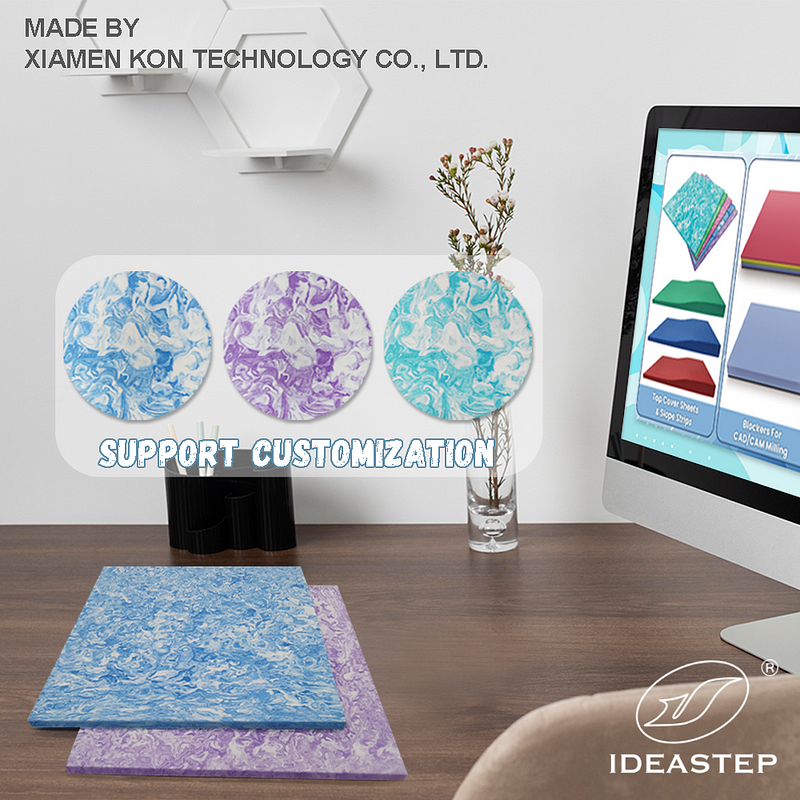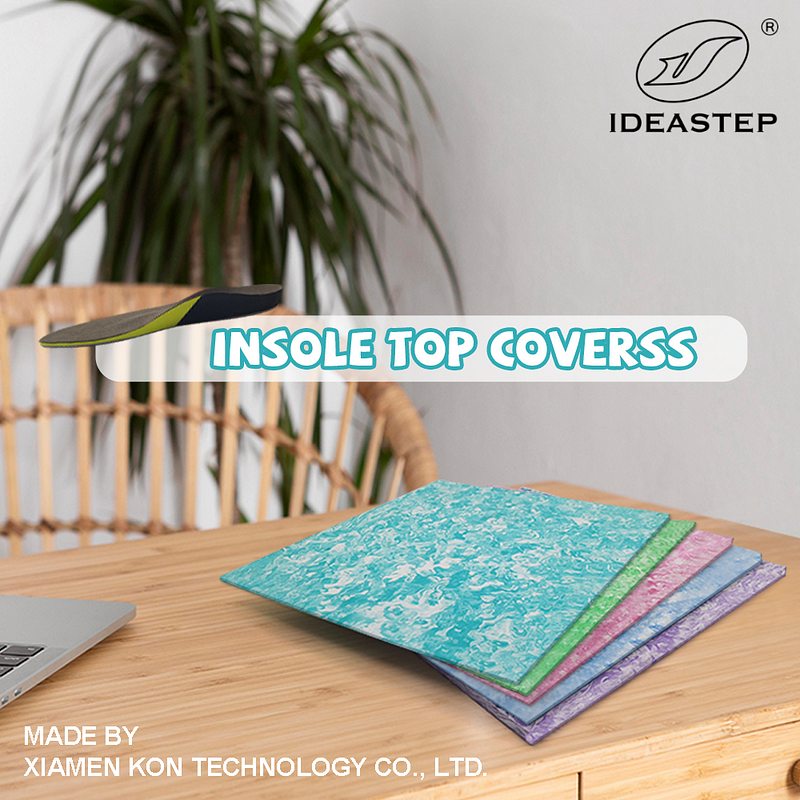Understanding the cost efficiency of EVA (Ethylene Vinyl Acetate) material is crucial for B2B buyers aiming to make informed purchasing decisions. Key factors affecting cost efficiency include material properties, production processes, and long-term performance, which can influence the overall value of EVA products.
EVA (Ethylene Vinyl Acetate) is widely used across various industries due to its versatile properties such as flexibility, cushioning, and durability. For B2B buyers, understanding the cost efficiency of EVA material is essential for making sound procurement decisions. This article explores the key factors that impact the cost efficiency of EVA material, helping businesses optimize their investments in this valuable resource.

1. Material Properties and Performance
The cost efficiency of EVA material is closely linked to its properties and performance. Key attributes influencing cost efficiency include:
- Flexibility and Cushioning: EVA’s flexibility and cushioning properties make it ideal for applications requiring shock absorption and comfort, such as footwear and sports equipment. Higher-quality EVA with better cushioning can reduce the need for frequent replacements, thus improving cost efficiency.
- Durability: The durability of EVA material affects its lifespan and overall cost efficiency. High-quality EVA is more resistant to wear and tear, reducing the frequency of replacement and maintenance. Investing in durable EVA products can lead to cost savings in the long term.
- Weight and Density: The weight and density of EVA material impact shipping and handling costs. Lighter and less dense EVA can lower transportation costs and improve cost efficiency. Evaluating these factors helps in making cost-effective purchasing decisions.

2. Production Processes
The production process used to manufacture EVA material significantly affects its cost efficiency. Key considerations include:
- Manufacturing Techniques: Different manufacturing techniques, such as extrusion and injection molding, influence the cost of production. Advanced techniques may offer better efficiency and quality but can come at a higher initial cost. Balancing production costs with material quality is essential for cost-effective procurement.
- Economies of Scale: Purchasing EVA material in bulk can lead to economies of scale, reducing the per-unit cost. B2B buyers should consider ordering larger quantities to take advantage of bulk pricing and negotiate better deals with suppliers.
- Supplier Efficiency: The efficiency of suppliers in managing production and delivery times can impact overall cost efficiency. Reliable suppliers with streamlined processes can reduce lead times and minimize costs associated with delays and disruptions.
3. Long-Term Value and Cost of Ownership
Assessing the long-term value and total cost of ownership (TCO) of EVA material is crucial for evaluating its cost efficiency. Considerations include:
- Maintenance Requirements: Lower maintenance requirements can enhance the cost efficiency of EVA products. Materials that require less frequent upkeep or repair can save costs over time. Understanding the maintenance needs of EVA products helps in budgeting for long-term expenses.
- Performance Longevity: The longevity of EVA performance is a critical factor in cost efficiency. High-performance EVA materials that retain their properties over time offer better value, reducing the need for frequent replacements and associated costs.
- Recycling and Disposal Costs: The environmental impact and disposal costs of EVA material should also be considered. Some EVA products are recyclable, potentially reducing disposal costs and contributing to sustainability efforts. Evaluating these factors helps in making environmentally and economically sound decisions.
4. Market Trends and Innovations
Staying informed about market trends and innovations in EVA material can impact cost efficiency. Key trends include:
- Technological Advancements: Advances in EVA technology can lead to more cost-efficient products with improved properties. Keeping abreast of new developments helps buyers choose the latest and most cost-effective options.
- Competitive Pricing: The competitive landscape of EVA suppliers affects pricing. Monitoring market prices and supplier offers allows buyers to make informed decisions and secure the best deals.
- Sustainability Initiatives: Sustainability trends in EVA production, such as eco-friendly materials and processes, can impact cost efficiency. Considering sustainable options may lead to cost savings and align with corporate social responsibility goals.
Conclusion
Understanding the cost efficiency of EVA material involves evaluating material properties, production processes, long-term value, and market trends. By considering these factors, B2B buyers can make informed decisions that optimize their investment in EVA products, achieving both cost savings and high performance. Assessing the total cost of ownership and staying updated on industry developments further enhances procurement strategies, ensuring maximum value from EVA material investments.
FAQ
1. How can I determine the cost efficiency of EVA material for my business?
To determine cost efficiency, assess the material properties, production costs, long-term value, and total cost of ownership. Comparing these factors with supplier offers and market trends will help in making informed decisions.
2. Are there any cost-saving strategies for purchasing EVA material?
Strategies include purchasing in bulk for economies of scale, choosing suppliers with efficient production processes, and considering long-term value and maintenance costs. Negotiating better deals with suppliers can also lead to cost savings.
3. What are the benefits of investing in high-quality EVA material?
Investing in high-quality EVA material offers benefits such as improved durability, reduced maintenance costs, and better long-term performance. High-quality materials can lead to cost savings over time by minimizing replacements and repairs.
